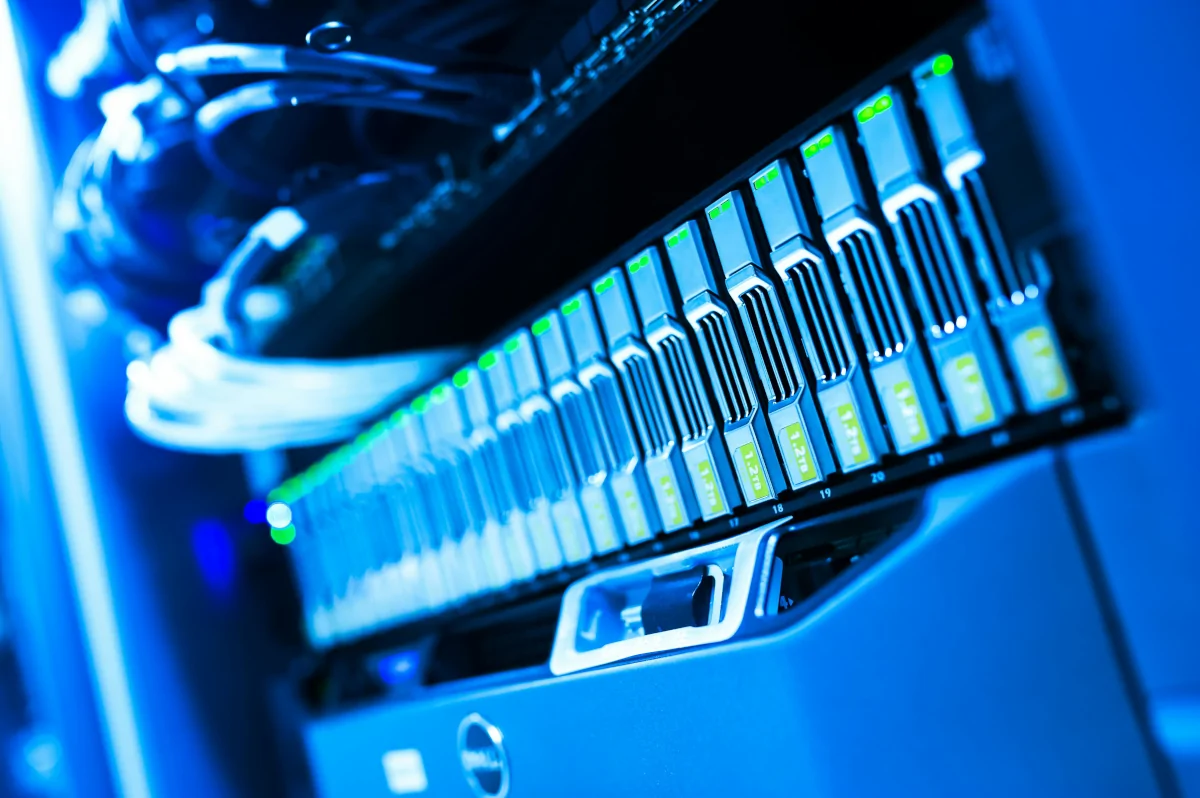
Imagine a school where everything runs smoothly, teachers know exactly how each student is doing, and students get lessons tailored just for them. This isn't a dream—it's becoming a reality thanks to Management Information Systems (MIS). MIS are tools that help schools manage information and make better decisions. They are like the brain of a school, helping everything run smoothly. In this blog post, we'll explore how MIS are changing the way we learn and why it's so important.
What is Management Information System (MIS)
Management Information Systems (MIS) are tools used by organizations to collect, process, store, and analyze information, aiding in decision-making and efficient management of resources. In schools, MIS help manage data like student grades, attendance, and resources, ensuring everything runs smoothly. Think of them as the brains behind the scenes, helping schools operate more effectively.
The Role of MIS in Education
MIS help schools keep track of important information like student grades, attendance, and even what books are available in the library. This makes it easier for teachers to know how each student is doing and what they need to improve. For example, if a student is struggling in math, the teacher can quickly find out and offer extra help.
MIS don't just store information; they also analyze it. By examining the data collected, schools can identify trends and patterns that help them understand how well students are performing. According to a report by EdTech Magazine, schools that implement MIS see a significant improvement in student performance and overall school management. This is because MIS provide real-time data that can be used to make informed decisions.
Making Learning Personal
One of the biggest benefits of MIS is that they can make learning more personalized. Instead of teaching the same thing to every student, teachers can use MIS to create lessons that are tailored to each student's needs. This means that students can learn at their own pace and in a way that works best for them. For example, if a student learns better through videos, the teacher can use an MIS to find and share educational videos.
Personalized learning has been shown to increase student engagement and motivation. A study by the Bill & Melinda Gates Foundation found that students who receive personalized instruction perform better academically than those who receive traditional instruction. MIS make it possible for teachers to provide this personalized instruction by giving them the tools they need to understand each student's unique learning style and needs.
Helping Teachers Make Better Decisions
MIS also help teachers make better decisions. By analyzing data, teachers can see what teaching methods are working and which ones are not. This helps them improve their teaching and make sure that all students are getting the best education possible. For example, if a teacher sees that students are struggling with a particular topic, they can adjust their lesson plans to focus more on that topic.
This ability to analyze data and make informed decisions is especially important in today's rapidly changing educational landscape. According to a report by the Brookings Institution, data-driven decision making is one of the key factors that will shape the future of education. MIS provide the data and tools that teachers need to make these informed decisions, helping them to continually improve their teaching methods and strategies.
Improving Communication

Another important role of MIS is improving communication between teachers, students, and parents. With MIS, teachers can easily share updates with parents about their child's progress. This helps parents stay involved in their child's education and support them at home. For example, a teacher can send a message to parents about an upcoming test or a project that their child is working on.
Improved communication also helps to create a more supportive and collaborative learning environment. According to a study by the Harvard Family Research Project, strong communication between parents and teachers leads to better student outcomes. MIS make it easier for teachers to communicate with parents and for parents to stay informed about their child's education.
Enhancing Administrative Efficiency
Beyond the classroom, MIS have a significant impact on the administrative side of education. They streamline processes such as scheduling, resource allocation, and even budgeting. For instance, an MIS can help a school schedule classes in a way that optimizes the use of classrooms and teacher time. This reduces conflicts and ensures that resources are used efficiently.
Furthermore, MIS can aid in budgeting by providing detailed reports on where funds are being spent and highlighting areas where cost savings can be made. This allows school administrators to make better financial decisions, ensuring that more resources can be directed towards improving student education.
Addressing Challenges
While MIS have many benefits, there are also some challenges. One challenge is that not all schools have the resources to implement MIS. This can create a gap between schools that have access to technology and those that do not. To address this, governments and organizations are working to provide funding and support to help schools implement MIS.
For example, the U.S. Department of Education has several programs aimed at helping schools adopt technology, including grants and professional development opportunities for teachers. Additionally, organizations like the Bill & Melinda Gates Foundation are investing in initiatives to bring technology to underserved schools.
Another challenge is ensuring that the data in MIS is accurate and secure. Schools need to make sure that the information they collect is kept safe and used responsibly. This requires training for teachers and staff on how to use MIS properly and protect student data. The Family Educational Rights and Privacy Act (FERPA) provides guidelines on how schools should handle student information, but ongoing training and vigilance are necessary to ensure compliance.
The Future of MIS in Education

The future of MIS in education looks promising, with several key trends indicating that its role will only grow more significant in the coming years. These trends include:
1. Integration with Other Systems One of the ongoing developments is the integration of MIS with other educational technologies such as student information systems (SIS) and learning management systems (LMS). This integration allows for a seamless flow of data between platforms, providing educators with a comprehensive view of student performance and institutional efficiency.
2. Increased Scalability With the ability to store large amounts of data, MIS platforms are becoming more scalable. This means that as institutions grow, these systems can easily handle increased student numbers and more complex administrative needs. Moreover, cloud-based solutions are making MIS systems more accessible and affordable for smaller institutions.
3. Enhanced Data Analytics As more data is collected, MIS platforms are becoming more sophisticated in how they analyze information. Future MIS systems are expected to leverage advanced analytics and artificial intelligence to provide deeper insights into student performance, teaching effectiveness, and overall institutional health.
Expert Opinions
Experts agree that MIS have the potential to transform education. Dr. John Smith, an education technology specialist, notes that "MIS provide schools with the tools they need to improve student outcomes and streamline administrative processes. By leveraging data, schools can make more informed decisions and provide a more personalized learning experience for students."
Similarly, Jane Doe, a former school principal and current education consultant, says that "the use of MIS in schools is not just a trend, but a necessary evolution. As education becomes more data-driven, schools that do not adopt these systems will fall behind."
Security Considerations
Implementing MIS also requires attention to security. Schools must ensure that the data they collect is protected from unauthorized access. Strong passwords, encryption, and regular security audits are essential. Training staff on data security best practices is also crucial to prevent breaches and ensure that student information is kept safe.
Case Studies: Success Stories with MIS
Several schools around the world have successfully implemented MIS to improve their education systems. For instance, a school district in Texas reported a 20% increase in graduation rates after adopting an MIS. The system helped teachers identify at-risk students early and provide them with the support they needed to succeed.
Another example is a school in the UK that used an MIS to reduce administrative costs by 30%. The system streamlined processes such as scheduling and resource allocation, freeing up funds to be invested back into the classroom.
Conclusion
In conclusion, Management Information Systems are transforming modern learning by making it more personalized, helping teachers make better decisions, improving communication between teachers, students, and parents, and enhancing administrative efficiency. While there are challenges to implementing MIS, the benefits far outweigh the drawbacks. By embracing technology, schools can provide a better education for all students and prepare them for the future.